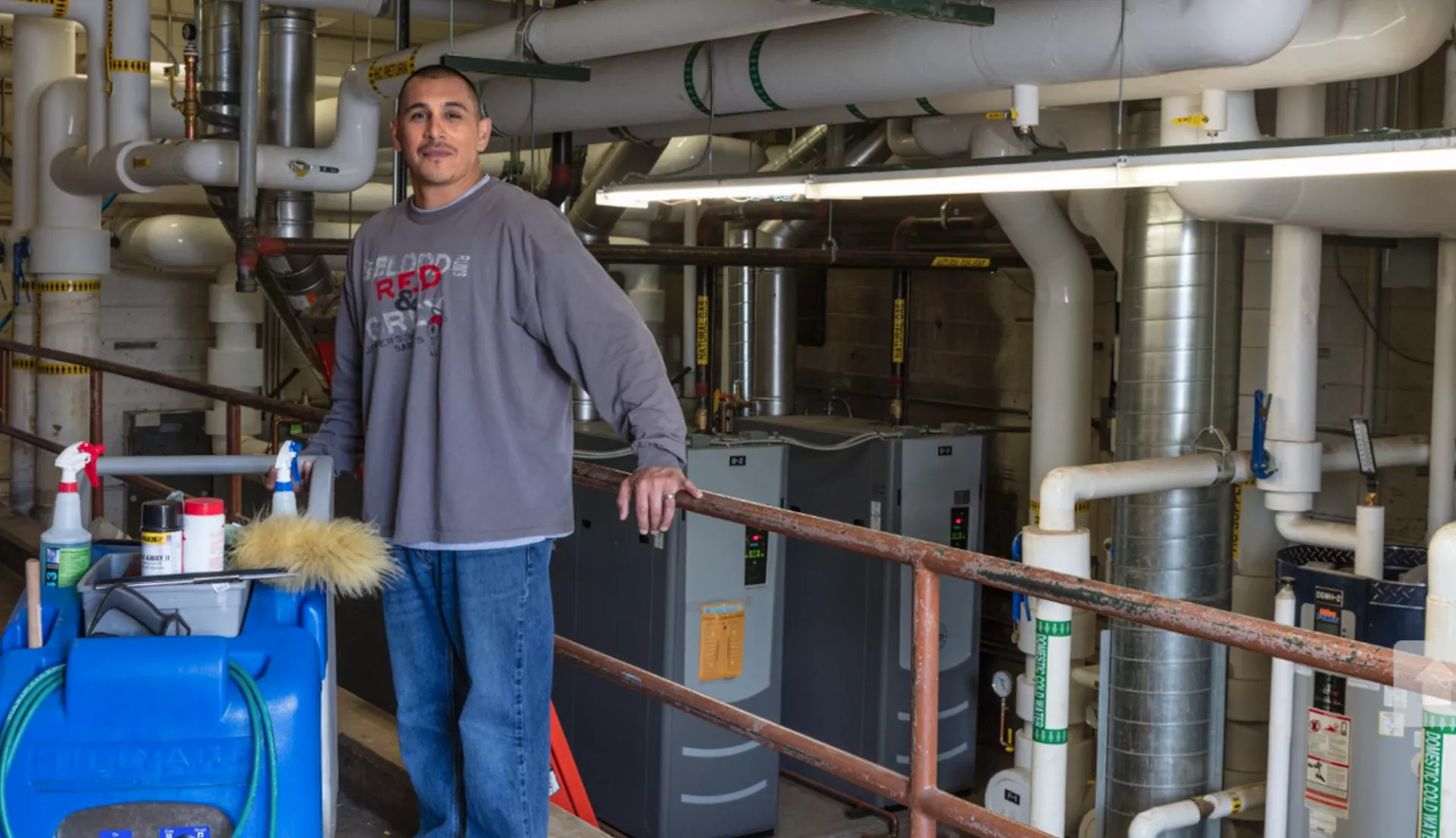Key Takeaways
- The 2023 ESP Earnings report, released this week by NEA, offers a pay breakdown of school support staff working in K-12 public schools and higher education.
- The report paints a dire picture of the financial challenges facing education support professionals across the nation.
- More than a third of all ESPs working full-time earn less than $25,000 per year, and 11.7% earn less than $15,000. On average, these educators make $2,361 less than they did 10 years ago, adjusted for inflation.
Of the approximately 2.2 million education support professionals (ESPs) working in K-12 public schools, 40% of those working full-time earn less than $25,000 annually.
Jeanette Schwartz, a bus driver in New Castle, Delaware, is one of them.
“Most days, I work for 12 hours or more. Wages are a major issue,” she explains. Even with a recent pay increase, “we still live under the poverty line. Working 12-hour days as a school bus driver, I will make just over $20,000 this year.”
Schwartz’s district, like countless others across the nation, has been plagued by staff shortages that have reached across every job category: bus driver, paraprofessionals, classroom teachers, custodians, cafeteria workers.
“There’s a commonsense solution: pay us a living wage for doing a vital job,” Schwartz said.
According to the 2023 ESP Earnings report, which offers a pay breakdown of school support staff working in K-12 public schools and higher education, the nation is falling far short of that goal.
Released this week by the National Education Association (NEA), the report paints a dire picture of the financial challenges facing support professionals and the steep hill they must climb before they can, if ever, earn a dependable living wage.
Inflation's Impact
For ESPs working full-time, average earnings in 2021-22 were $35,401. This average was slightly lower for K–12 ($33,177) and higher in higher education ($44,292). But when adjusted for inflation, the salary for ESP in 2013 dollars has fallen from $31,905 to $28,734.
More than a third of all ESPs working full-time earn less than $25,000 per year, and 11.7% earn less than $15,000.
Among K-12 ESPs working full-time, 13% earn less than $15,000. Within higher education, nearly 7% earned less than $15,000.
There are many factors driving staff shortages—workload, lack of support—but better pay is one of the biggest. Without improvement, more ESPs, like classroom teachers, will likely choose to leave the profession earlier than they had planned.
Another Job to Make Ends Meet
Every year, the Economic Policy Institute (EPI) updates its Family Budget Calculator, an online tool that measures the income a family needs to maintain a decent standard of living in all counties and metro areas of the United States.
Using this data, NEA recently determined that, on average, ESPs do not earn enough to support a family in the nation’s most affordable metro area—Brownsville, Texas.
According to a recent NEA survey of ESPs, over two-thirds of ESPs in K-12 schools are having difficulty earning a living wage, with 31% calling it a “serious problem.” And 26% reported they were currently utilizing assistance programs, such as student loan relief (more than one-third of PreK-12 ESPs have $45,000 or more in student debt), meal programs, Medicaid, and the Supplemental Nutrition Assistance Program or SNAP.
It’s no mystery why so many support professionals—1 in 5—are forced to take on one or even two additional jobs to help make ends meet. The most common secondl job is within the K-12 school system.
In addition to being a teachers’ assistant in Chesapeake, VA., Arthur Anderson also drives the school bus and serves as a part-time custodian.
“After more than three decades as a teacher’s assistant, my pay was $31,000. I've always had to work multiple jobs to make ends meet,” Anderson said. “I don’t love the pay, but I love what I do. I change lives.”
Overall, educators who work in collective bargaining states earn more than their counterparts in non-bargaining states. According to the ESP earnings report, in states where there are bargaining laws covering ESPs, the average salary is $37,695. In states that do not have a bargaining law, but bargaining may take place, average ESP earnings is $32,992. In states where bargaining is prohibited, average ESP earnings is $31,497.
Organizing Makes a Big Difference
Where staff shortages are especially dire, ESPs and their unions have been organizing to increase pay and benefits.
In 2022, union bargaining teams in Ocean View, CA., negotiated a 10% raise for all school employees for 2022-2023, the largest pay increase in decades.
In Alamosa, CO., successful bargaining in 2022 produced an 8% pay increase for school staff, the first time in 20 years educators in that district have received any sort of substantial raise.
In the Clark County School District, Nevada, the Clark County ESEA (the largest ESP local in NEA) negotiated a total of $6,500 in retention bonuses for 2021-22 and 2022-23 school years for all ESPs—a critical victory to help curb the exodus of ESPs from the district.
Educator activism has also produced major victories in state legislatures over the past two years, resulting in legislation directly increasing pay for all school staff, or expanding a pool of education funding that enables local associations to negotiate increases.
At a time when many politicians would rather wage “culture wars” on schools to undermine the institution of public education, said NEA President Becky Pringle, lawmakers should prioritize on keeping educators in school with support, respect, and a competitive salary.
“Educators who dedicate their lives to students shouldn’t be struggling to support their own families,” Pringle said. “Parents want [lawmakers] to focus on attracting and retaining teachers, school support staff and higher education faculty and staff so our students have the educators they need and deserve.”



